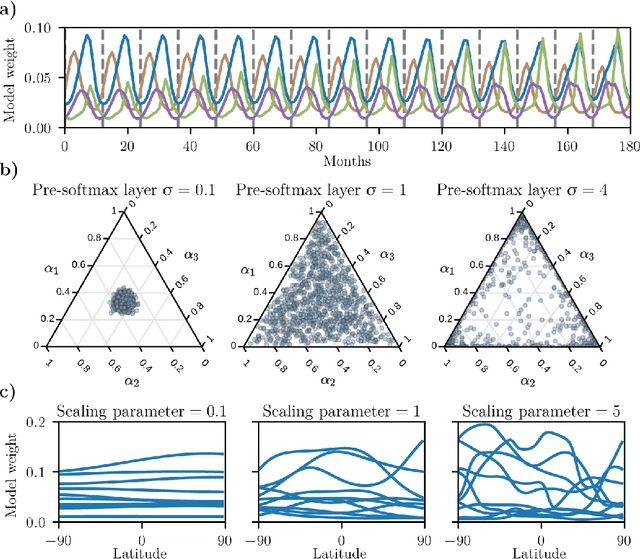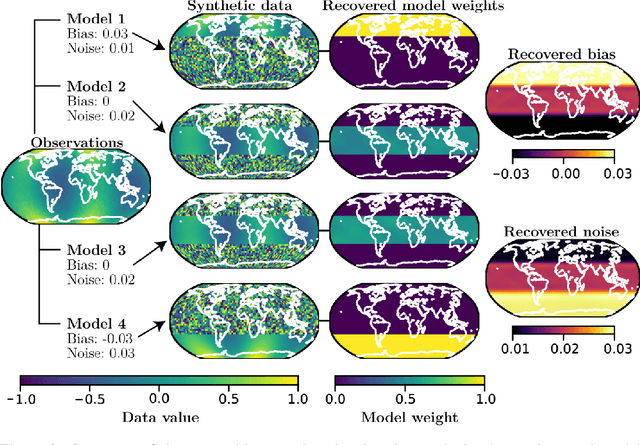Matthew Juniper
Early Detection of Thermoacoustic Instabilities in a Cryogenic Rocket Thrust Chamber using Combustion Noise Features and Machine Learning
Nov 25, 2020



Abstract:Combustion instabilities are particularly problematic for rocket thrust chambers because of their high energy release rates and their operation close to the structural limits. In the last decades, progress has been made in predicting high amplitude combustion instabilities but still, no reliable prediction ability is given. Reliable early warning signals are the main requirement for active combustion control systems. In this paper, we present a data-driven method for the early detection of thermoacoustic instabilities. Recurrence quantification analysis is used to calculate characteristic combustion features from short-length time series of dynamic pressure sensor data. Features like the recurrence rate are used to train support vector machines to detect the onset of an instability a few hundred milliseconds in advance. The performance of the proposed method is investigated on experimental data from a representative LOX/H$_2$ research thrust chamber. In most cases, the method is able to timely predict two types of thermoacoustic instabilities on test data not used for training. The results are compared with state-of-the-art early warning indicators.
Ensembling geophysical models with Bayesian Neural Networks
Oct 07, 2020



Abstract:Ensembles of geophysical models improve projection accuracy and express uncertainties. We develop a novel data-driven ensembling strategy for combining geophysical models using Bayesian Neural Networks, which infers spatiotemporally varying model weights and bias while accounting for heteroscedastic uncertainties in the observations. This produces more accurate and uncertainty-aware projections without sacrificing interpretability. Applied to the prediction of total column ozone from an ensemble of 15 chemistry-climate models, we find that the Bayesian neural network ensemble (BayNNE) outperforms existing ensembling methods, achieving a 49.4% reduction in RMSE for temporal extrapolation, and a 67.4% reduction in RMSE for polar data voids, compared to a weighted mean. Uncertainty is also well-characterized, with 90.6% of the data points in our extrapolation validation dataset lying within 2 standard deviations and 98.5% within 3 standard deviations.
 Add to Chrome
Add to Chrome Add to Firefox
Add to Firefox Add to Edge
Add to Edge